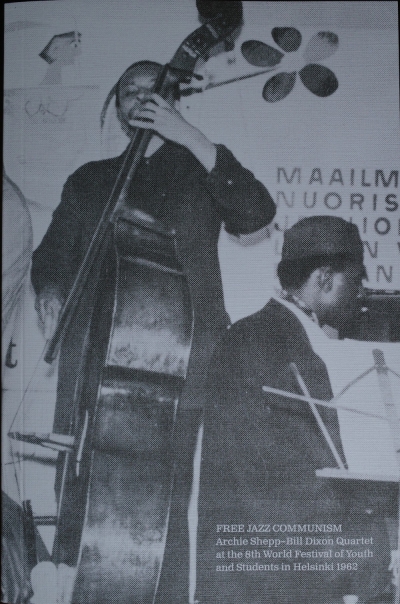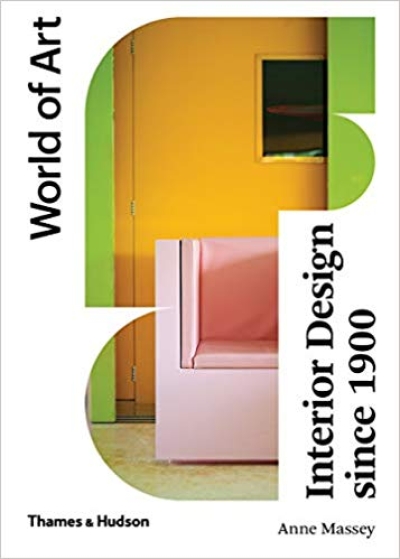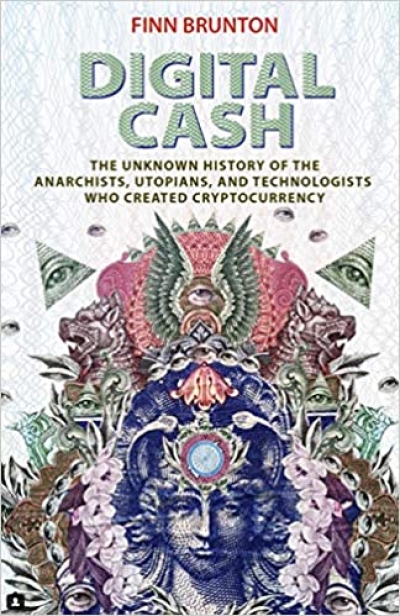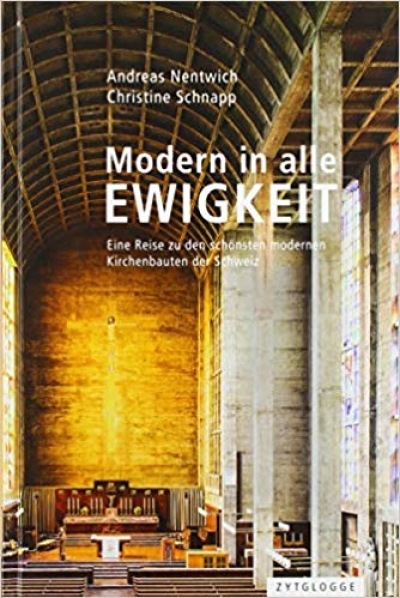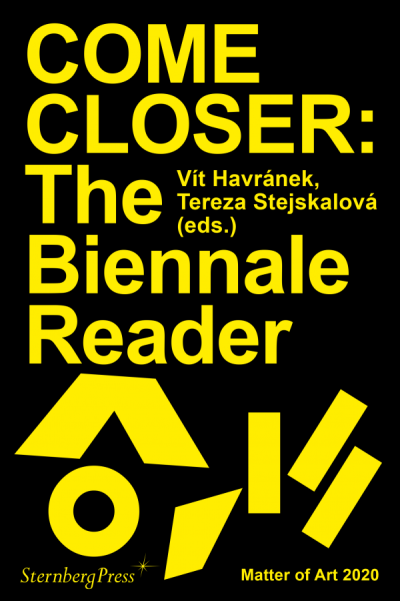
Come Closer: The Biennale Reader
Come Closer: The Biennale Reader, published on the occasion of the inaugural Prague biennale, considers the present via counter-hegemonic readings of the past. The book explores various perspectives of class, race, and gender differences in post-socialist states, past and present. In societies today that can seem fragmented, alienated, and sealed-off, a feeling of “us” and “them” can potentially emerge. The reliance on a common language to bring people closer often does the opposite, leading to feelings of contempt, anxiety, and fear. By drawing attention to themes of intimacy, care, and empathy, the contributions in this book search for new types of communication that can bring people together. Like language, art can be used to mediate these differences, and to examine issues relating to how people coexist in society.
Come Closer comprises republished texts as well as newly commissioned contributions from both emerging and established artists, social and political scientists, and art historians from Eastern Europe, Asia, and the United States.
Foreword by Vít Havránek, Tereza Stejskalová. Contributions by Jérôme Bazin, Heather Berg, Pavel Berky, Anna Daučíková, Patrick D. Flores, Isabela Grosseová, Vít Havránek, Marie Iljašenko, Rado Ištok, Barbora Kleinhamplová, Eva Koťátková, Kateřina Lišková, Ewa Majewska, Tuan ... more. Introduction by Veronika Janatkov



